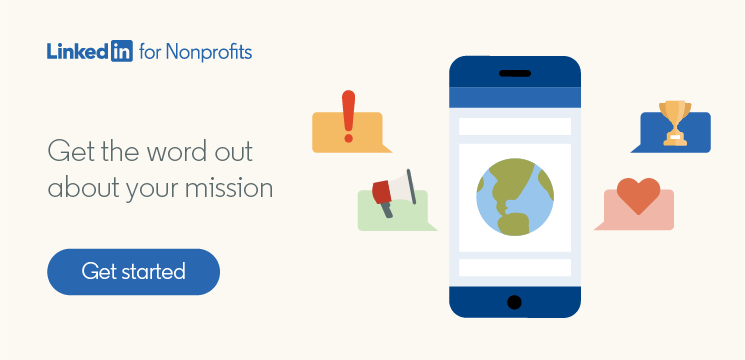
3 Tips for Creating Great Nonprofit Content with Limited Resources
Running a blog. Publishing reports. Creating videos. You may have considered content marketing strategies like these for your nonprofit already—but when time and resources are thin on the ground, they can sometimes feel out of reach.
Whether your marketing team is 50-people strong or just one person wearing a lot of hats, there are still steps you can take to publish high-quality content that helps you get your nonprofit noticed. Here are a few tips that can help.
1. Break it down
Your nonprofit aims to solve big, complex issues. Trying to explain one of those issues in a single piece of content would likely take hours and hours of work to get right—and people might not have the patience to read or watch the final result.
Instead, think of these issues as big rocks that can be broken down into smaller pebbles. Each pebble tells part of the story, encouraging people to seek out more of your content to get the complete picture—growing their interest in your organization and its work.
Unlike a heavy rock, an individual pebble takes a minimal amount of time to create and consume, allowing you to produce them more often and thus encourage more regular engagement from your target audience. For example, rather than creating an hour-long video that takes weeks to write, record, and edit, you might approach a handful of your leaders about recording a series of unscripted, 15-minute podcast episodes on key issues or updates that you’ll release on a weekly schedule. These require a much smaller time commitment from the people involved—both at your organization, and those listening at home—and ensure you have more content at your disposal.
2. Remix it
Sometimes, creating anything from scratch (even something small) might seem impossible. In these instances, consider what you already have that you can remix, repackage, and re-release to keep your organization top of mind for supporters.
Maybe you have a webinar that you could quickly convert into a Q&A-style blog post. Maybe you have a report that has some great data that can easily be turned into an eye-catching infographic. Or maybe you have a collection of smaller “pebbles” that can be compiled into a larger rock, like combining three blog posts to create a whitepaper—basically, tip #1 in reverse!
Dig into your existing content library and you’ll likely find a lot of great content that your existing audience has forgotten about and that new supporters have never seen. This strategy allows you to get twice as much mileage out of everything you create, so you can really make the most of your resources.
3. Prioritize quality over quantity
The strategies above can help you produce a steady flow of engaging, professional content that builds your audience’s awareness of and interest in your organization. But don’t feel pressured to put out content you’re not happy with just to maintain a regular posting schedule. While you’ll ideally have at least a few pieces of content to put out every month, content that feels rushed or vague may ultimately reflect poorly on your nonprofit, so always prioritize quality over quantity.
When you have content you’re especially excited about and proud of, consider investing in paid advertising to make sure it’s reaching more of the right people. As the world’s largest professional network, LinkedIn is a great platform for nonprofits to advertise on. To find out more, contact our team today.
This post was inspired by the LinkedIn Marketing Solutions Blog article “Creating Content With Limited Resources: Strategies and Examples,” written by Renee Lowe.

